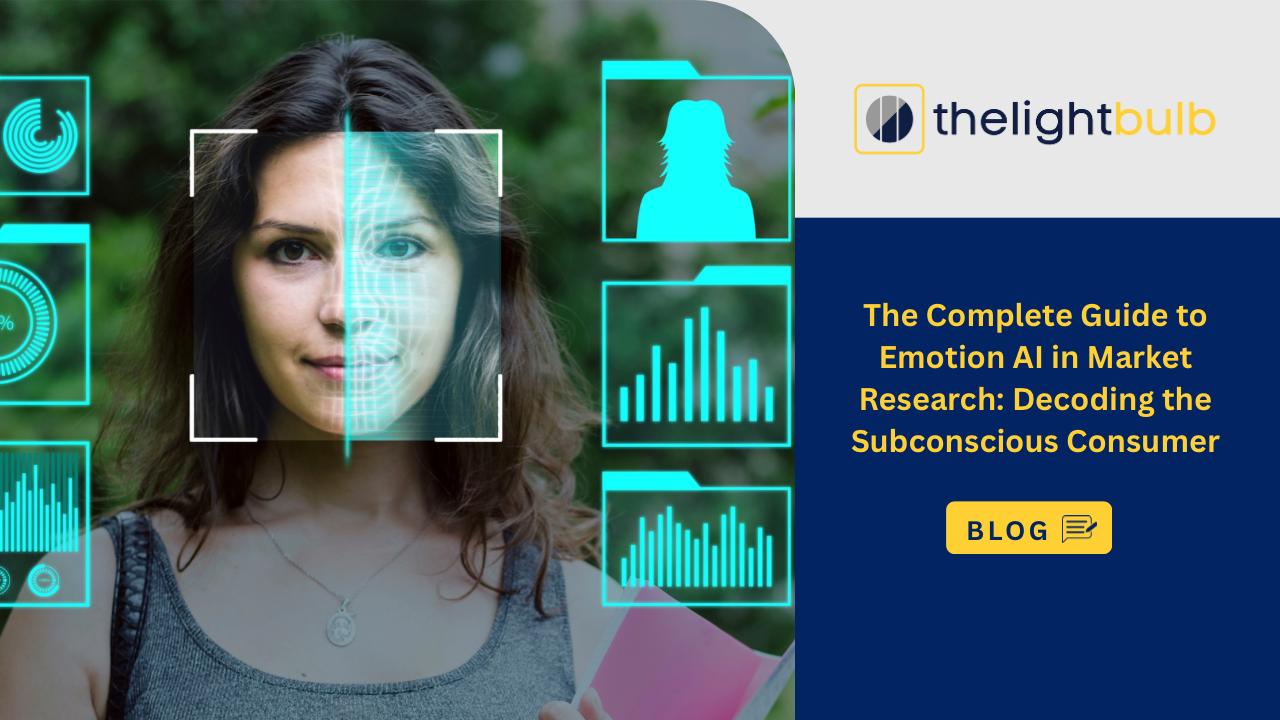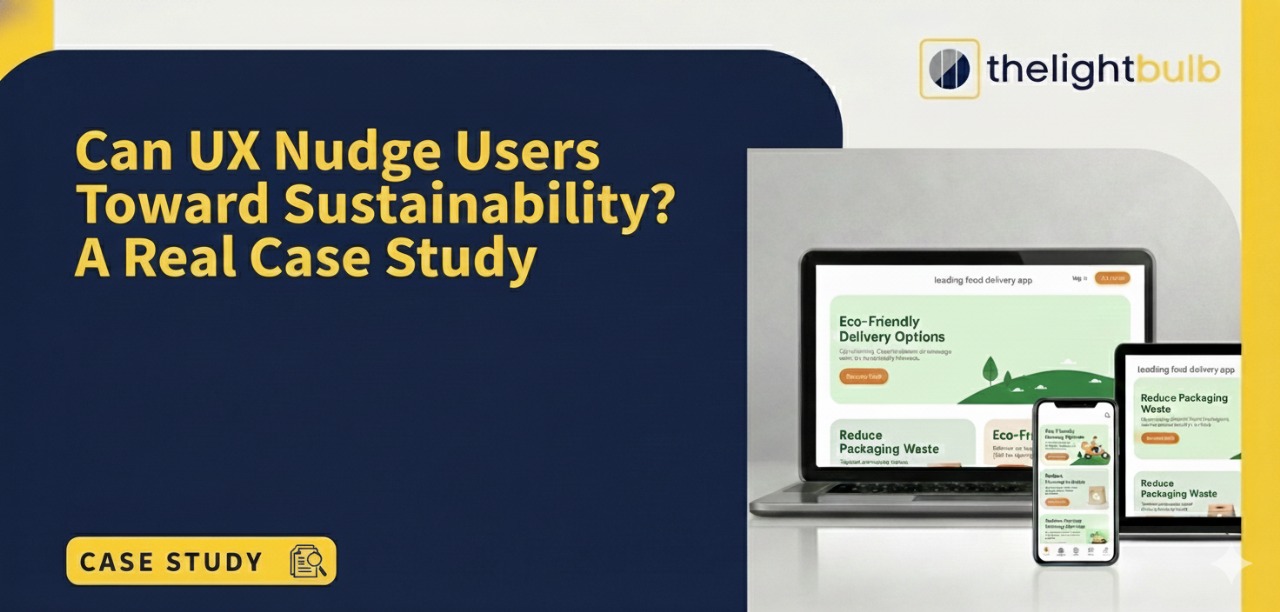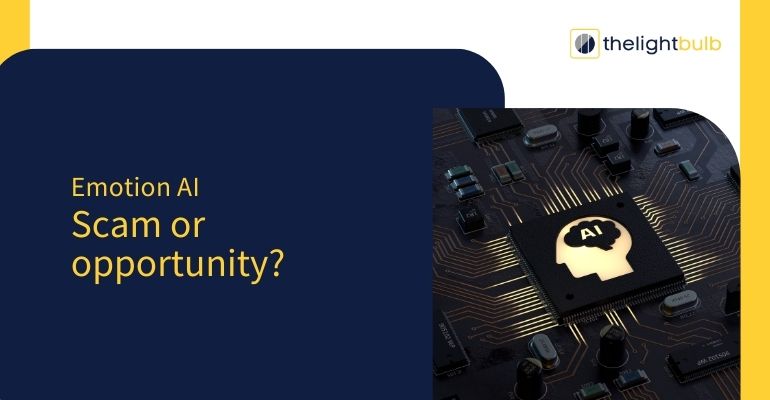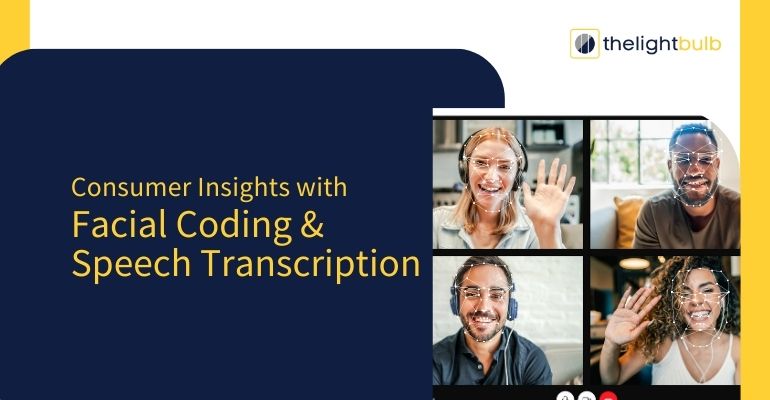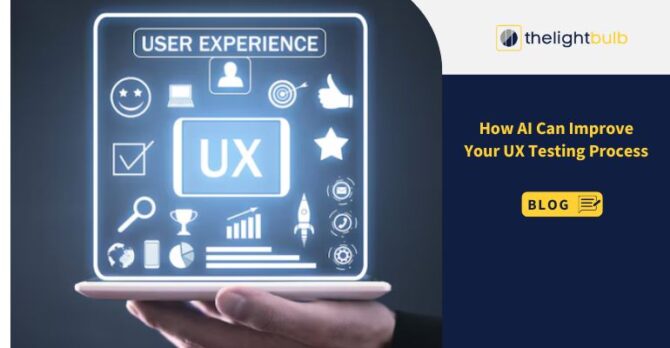
User revel in (UX) is a essential detail in figuring out the success of any digital service or product.. A seamless and intuitive UX can appreciably raise user pleasure, engagement, and loyalty. To achieve this, corporations spend money on UX testing to become aware of usability problems and optimize the consumer interface. However, traditional UX checking out techniques may be time-ingesting and hard work-extensive, often constrained by human biases and the lack of ability to analyze huge data sets fast. This is in which synthetic intelligence (AI) steps in, imparting a smarter, quicker, and greater green way to behavior UX testing.
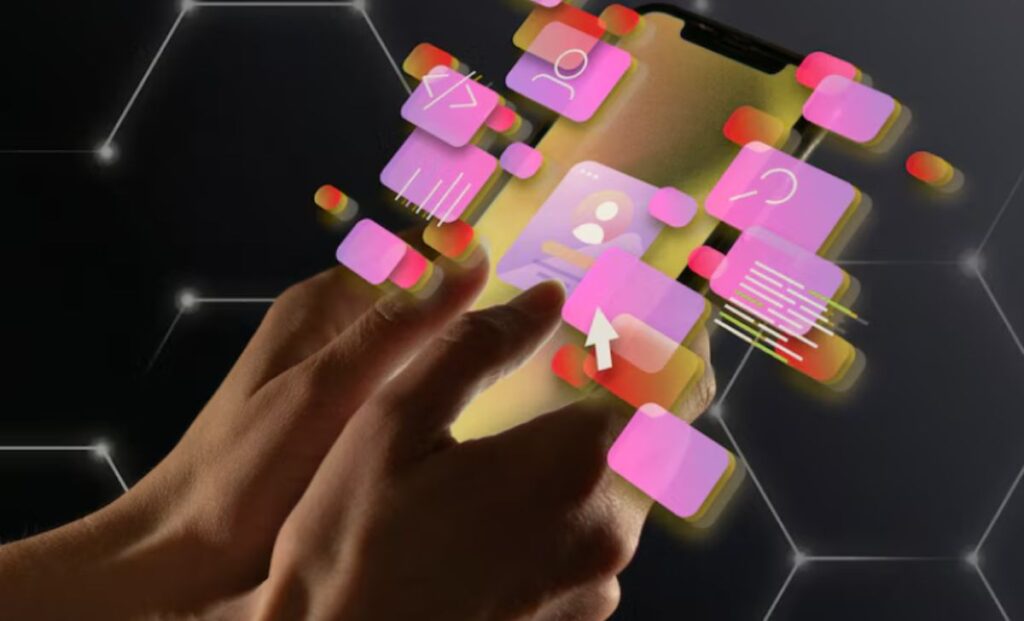
AI-pushed UX testing answers can analyze user behavior in real time, discover patterns, are expecting personal choices, and provide actionable insights.. By integrating AI into the UX sorting out approach, organizations can streamline their efforts, reduce charges, and enhance the general character revel in.
- 1. How AI is Transforming UX Testing
- 1.1 Automating User Behavior Analysis
- 1.2 Predictive User Modeling
- 2. AI-Powered Usability Testing Tools
- 2.1 Heatmaps and Interaction Analysis
- 2.2 Session Recordings and Replay Analysis
- 3. AI in A/B Testing for UX Optimization
- 3.1 Dynamic A/B Testing with AI
- 3.2 Intelligent Personalization
- 4. AI’s Role in Multivariate Testing
- 4.1 Efficient Data Analysis
- 4.2 Real-Time Adjustments
1. How AI is Transforming UX Testing
AI has introduced several advancements to UX trying out by means of automating obligations that were historically manual and offering new ways to research user interactions. Below are a few key regions wherein AI is creating a difference.
1.1 Automating User Behavior Analysis
Traditionally, UX checking out involves manual evaluation of person behavior—watching recorded periods, accomplishing surveys, and manually identifying trouble regions. AI simplifies this system by way of automating the evaluation of consumer interactions. AI algorithms can examine person behavior in actual time, figuring out usability troubles, ache factors, and friction regions without the want for human intervention.
This automation drastically reduces the effort and time required for UX testing, permitting teams to be aware of improving the layout based on facts-driven insights.
1.2 Predictive User Modeling
One of AI’s key benefits is its capacity to expect personal conduct. Machine studying algorithms can examine historical records to assume how users will interact with services or products within the destiny. Predictive consumer modeling allows corporations to understand capacity user pain points before they occur, permitting proactive UX improvements.
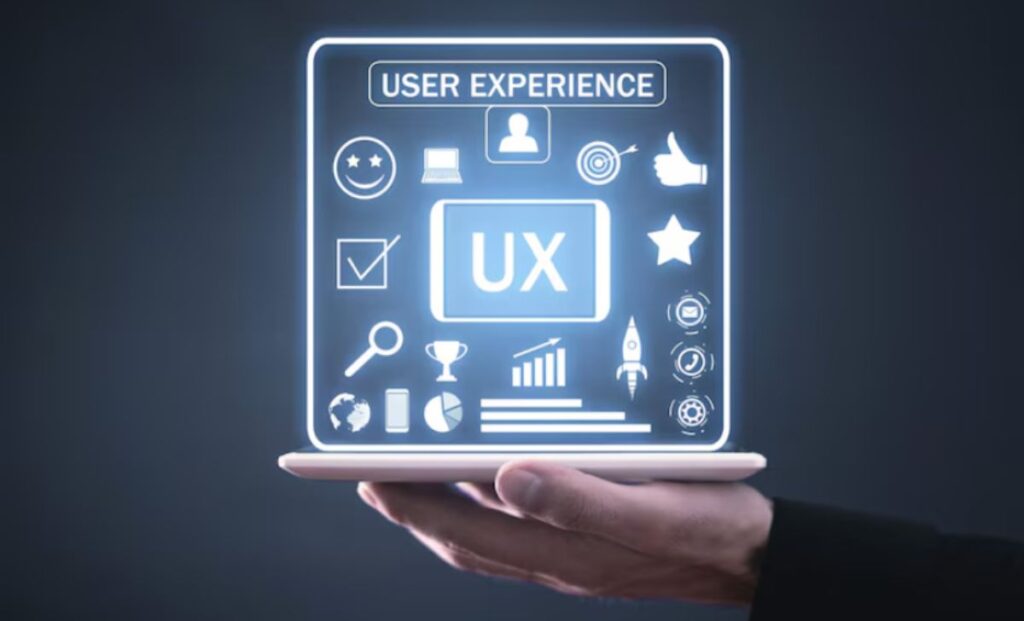
For example, AI can be expecting which capabilities users are likely to war with primarily based on their previous interactions, supporting UX designers to make vital changes earlier than the product reaches a wider target audience.
2. AI-Powered Usability Testing Tools
AI has given rise to a variety of usability trying out gear that could analyze person interactions more comprehensively and correctly than traditional methods. These gears use AI to track eye moves, mouse clicks, scrolling behavior, and different interaction patterns, imparting treasured insights into how users navigate a website or app.
2.1 Heatmaps and Interaction Analysis
AI-powered heatmaps can visualize areas of high person engagement, which includes in which customers click the maximum or spend the maximum time. These heatmaps offer a clear picture of user choices and hassle regions. For example, if an important call-to-movement button is being overlooked, heatmaps will highlight the dearth of engagement, prompting designers to relocate or redecorate the button for higher visibility.
2.2 Session Recordings and Replay Analysis
AI can examine consultation recordings in real time, figuring out styles of personal frustration, confusion, or hesitation. AI equipment can robotically tag classes in which users come upon problems, helping UX researchers awareness at the maximum critical interactions. These recordings offer precious insights into how users navigate through a product, making it simpler to discover and rectify usability problems.
3. AI in A/B Testing for UX Optimization
A/B checking out is a common exercise in UX layout, wherein or extra versions of a web site or app are tested to see which one performs better. AI complements the A/B checking out process via quickly analyzing big amounts of information and offering extra accurate outcomes.
3.1 Dynamic A/B Testing with AI
AI can dynamically regulate A/B assessments in real time, allowing businesses to check a couple of variations concurrently and discover the exceptional-appearing alternatives greater efficiently. Traditional A/B testing can take days or even weeks to acquire enough records, however AI can examine user interactions right away, making actual-time modifications primarily based on personal options.
3.2 Intelligent Personalization
AI can also personalize A/B checking out through tailoring special variations of an internet site or app to unique consumer segments. Instead of using a one-size-suits-all technique, AI ensures that customers see the version of the product that quality aligns with their behavior and preferences, leading to extra correct effects and better UX optimization.
4. AI’s Role in Multivariate Testing
Multivariate trying out involves trying out numerous factors of a page concurrently to decide which mixture works best. This method may be overwhelming because of the complexity of reading more than one variable at once. However, AI simplifies multivariate testing via fast comparing exceptional combos of variables and offering actionable insights.

4.1 Efficient Data Analysis
AI can system large datasets a good deal quicker than human researchers, making multivariate checking out extra green and plausible. By reading a couple of elements (such as colors, buttons, text, and pics) simultaneously, AI identifies the optimal layout selections that enhance the person enjoy without the want for more than one rounds of guide trying out.
4.2 Real-Time Adjustments
AI allows for real-time checking out and changes, allowing groups to optimize their UX constantly. As user conduct shifts, AI can routinely recommend modifications to layout elements, ensuring that the product evolves with user choices.
Conclusion
AI is revolutionizing UX checking out by automating the evaluation of user conduct, improving predictive modeling, and improving the performance of A/B and multivariate testing. With AI, UX researchers can quickly identify and solve usability troubles, create personalized reviews, and optimize designs based totally on actual-time statistics. By integrating AI into the UX trying out technique, organizations can reduce prices, accelerate checking out cycles, and create user-centric merchandise that meet the evolving desires of their target audience.
FAQs
1. How does AI enhance UX checking out?
AI improves UX by automating the analysis of consumer behavior, presenting predictive insights, and optimizing A/B and multivariate checking for quicker, more accurate results.
2. Can I expect a person to conduct UX trying out?
Yes, AI makes use of ancient records to expect how customers will interact with a product, permitting agencies to perceive potential troubles and optimize designs before launch.
3. How does AI help with A/B checking out?
AI complements A/B checking out with the aid of dynamically adjusting assessments in actual time, studying statistics quicker, and personalizing reviews for unique consumer segments to attain higher results.
4. What are AI-powered usability checking out gear?
AI-powered tools consist of heatmaps, consultation recordings, and interplay analysis, which offer deeper insights into consumer behavior, helping UX designers perceive and fasten usability problems successfully.
